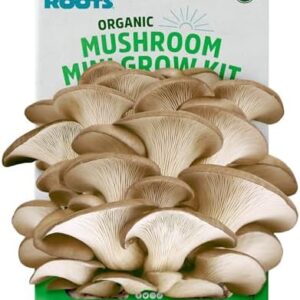Gardening is such a rewarding and fulfilling activity. There’s something special about watching your plants grow and flourish under your care. But to make the most of your garden, it’s important to plan ahead and plant your garden according to the seasons. By following a planting guide that takes into account the characteristics of each season, you can ensure that your garden thrives year-round.
Spring is a time of renewal and growth in the garden. It’s the perfect time to plant a variety of vegetables, flowers, and herbs. As the weather starts to warm up, plants begin to emerge from their winter slumber and start to grow again. This is the time to plant cool-season vegetables like peas, spinach, and lettuce. These plants thrive in the cooler temperatures of spring and can withstand a light frost.
Spring is also a great time to plant annual flowers like marigolds, petunias, and impatiens. These colorful blooms add a pop of color to your garden and attract pollinators like bees and butterflies. Herbs like basil, parsley, and cilantro also do well in the spring, so be sure to plant them in a sunny spot in your garden.
As spring turns into summer, the temperatures start to rise, and you may need to adjust your planting schedule accordingly. Summer is the time for warm-season vegetables like tomatoes, peppers, and cucumbers. These plants thrive in the heat of summer and need plenty of sunshine to produce a bountiful harvest.
In addition to vegetables, summer is a great time to plant perennial flowers like daylilies, coneflowers, and black-eyed Susans. These hardy plants come back year after year and require less maintenance than annuals. A well-planned perennial garden can provide continuous color and interest throughout the summer months.
As fall approaches, it’s time to start thinking about planting crops for the cooler months ahead. Fall is the perfect time to plant cool-season vegetables like broccoli, cabbage, and carrots. These plants do well in the milder temperatures of fall and can withstand a light frost.
Fall is also a great time to plant bulbs for spring flowers. Tulips, daffodils, and crocuses should be planted in the fall so they can establish their root systems before the ground freezes. These early bloomers add a burst of color to your garden after a long winter.
Winter may seem like a quiet time in the garden, but there are still tasks to be done. Winter is a great time to plan your garden for the upcoming year. Take stock of what worked well in your garden and what didn’t. Make a list of plants you want to add or remove from your garden next year. Consider starting seeds indoors for an early start on your garden in the spring.
Overall, planning your garden by the seasons is a key to a successful garden. By taking into account the characteristics of each season and planting accordingly, you can ensure that your garden thrives year-round. Whether you’re planting vegetables, flowers, or herbs, following a planting guide that aligns with the seasons will help you create a beautiful and productive garden that you can enjoy throughout the year. So grab your gardening gloves and get ready to plant your way to a bountiful garden!






